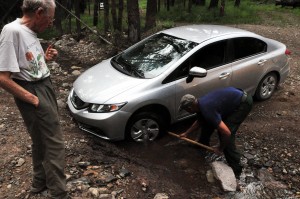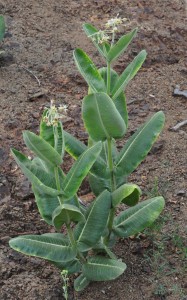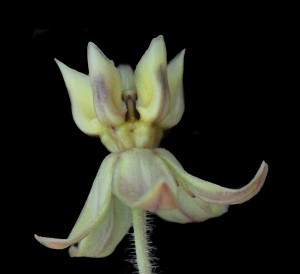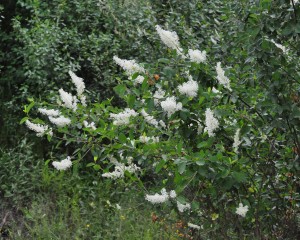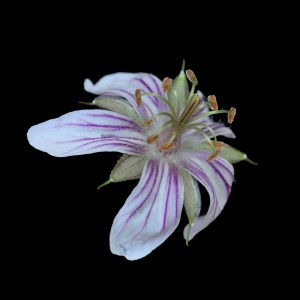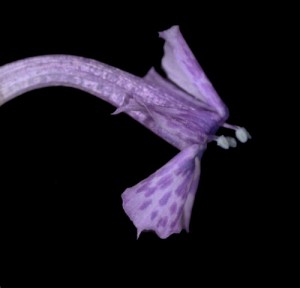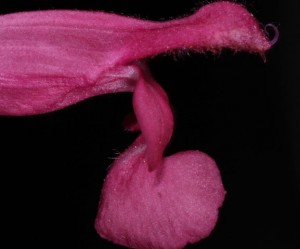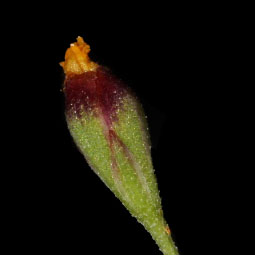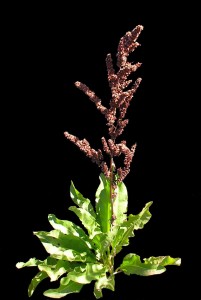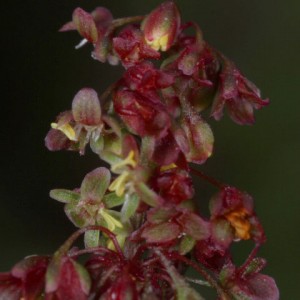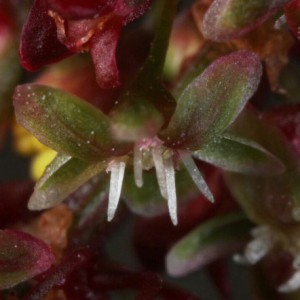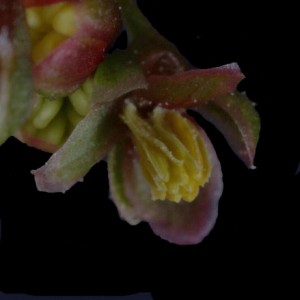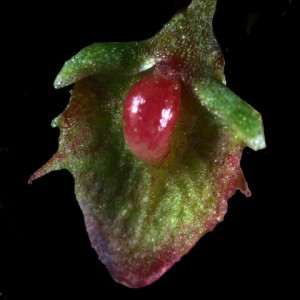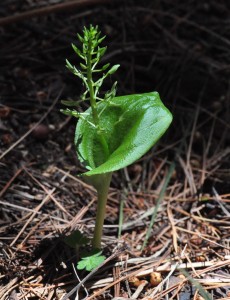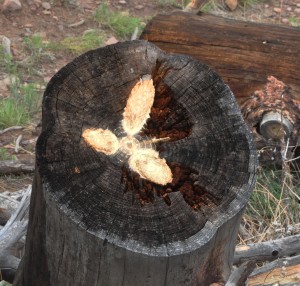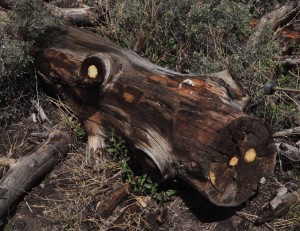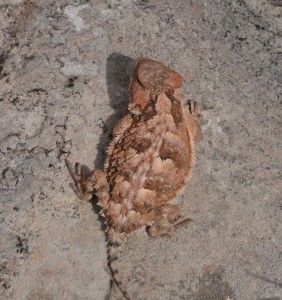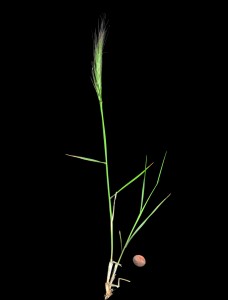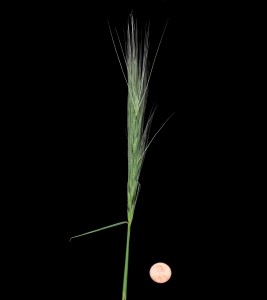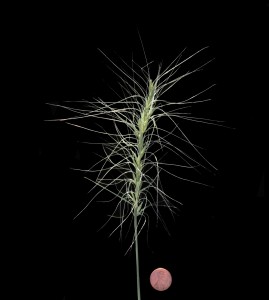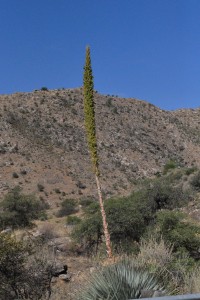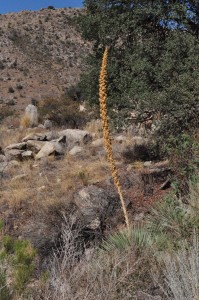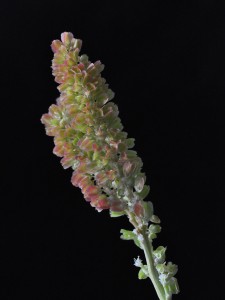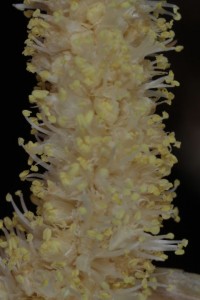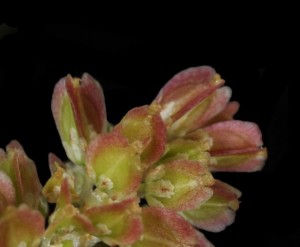Lately I have not been able to include pictures in my blog postings. I am interested in how that discourages me from adding to it. Until I solve the problem I will create word pictures instead.
Let me start with a little walk Dave and I took today at about 8000 feet in the Catalina mountains. When we set out to go hiking together, we had no fixed purpose in mind. The nights have been below freezing for almost a week, but the days have been getting increasingly warm. We could not see any snow on the mountains from the valley, but knew that much of the snow we had on New Year’s day must surely still be in the higher elevations of the mountain range. After driving about 20 miles up the mountain we felt drawn to a little knoll that overlooks the Tucson valley. We parked the car, and gingerly made our way across the verge, covered as it was with ice and snow. There were thousands of footprints in the snow, and signs of sledding trails, including the remains of a sled that had come to a sad end.
We were very careful as we made our way up the snowy slope. On reaching the ridge, we relaxed because we were able to make our way on large patches of bare earth. Eventually we came to an area where we could look out over the entire valley to the Santa Rita mountains, over 50 miles to the south. We enjoyed seeing the mountain ranges that ring the city. We did not need the extra jackets we brought. Instead we took off our warm sweaters, and then our shoes and socks, as if we were sitting at the sea-side. The sky was a clear blue and the sunlight very warm on the patches of bare earth where we sat. It felt like the perfect place to be, comfortable, warm, taking in a magnificent view and enjoying a deep conversation.
About a week ago I was leading a nature walk with a group of seven people in Saguaro National Park East. The high temperature that day was in the forties. There were about a dozen flower species in bloom, though the flowers were very few and far between. The Jojoba and other plants have already started to form flower buds. It won’t be long before the spring flowers start, and given the fact that we have had good December rains, we can expect to see the desert in bloom in a couple of months.
That day we saw three Jack Rabbits (Lepus californicus). In over 30 years in Arizona I have rarely come across them, so it was a special treat, not only to see them, but to get close enough for a few pictures. Originally they were called Jackass Rabbits, because the huge ears were like a jackass. They are not rabbits at all, but hares. (The Desert cottontail, Sylvilagus audubonii, is a rabbit.) At first we saw just one. It seemed to follow us on the trail, so I was able to get some good pictures, particularly fascinated with the sunlight shining pink through its ridiculously long ears. Some distance down the trail we saw two. At first they were scrunched up into the shape of an oversized football, making them very hard to spot. When they saw us they stood up, and began walking away. They did not hop like rabbits, but their gait and size made them look almost like coyotes. I have read that they can go as fast as forty miles an hour.
We are looking forward to some wonderful flower hikes starting in just a few weeks. Until then we gather round the fire-place and enjoy the darker days of winter in Arizona.

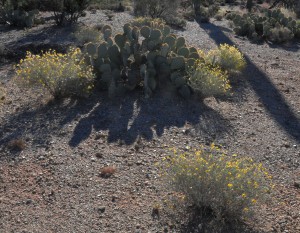
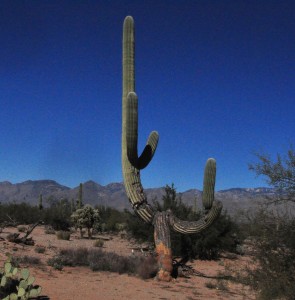
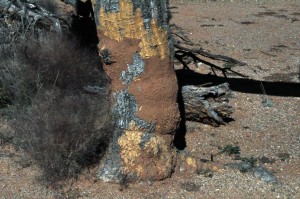
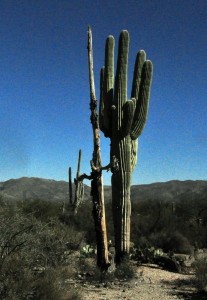
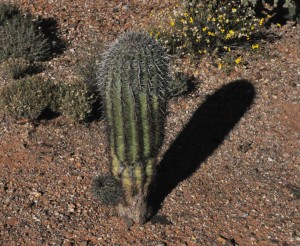
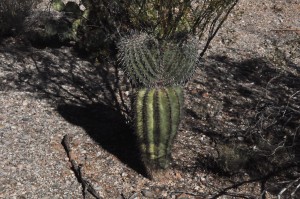
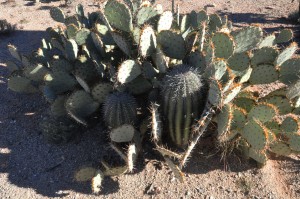
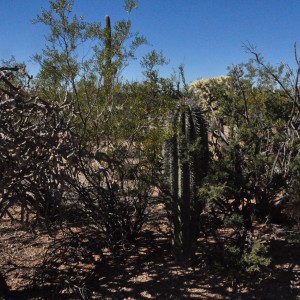

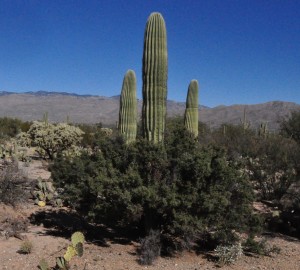
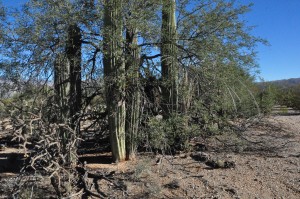

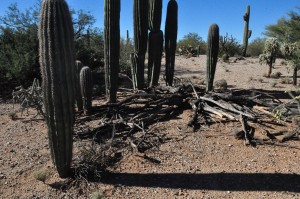
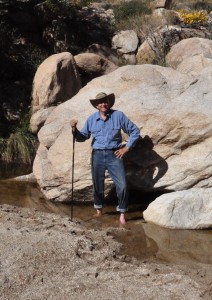
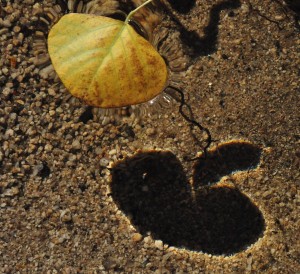
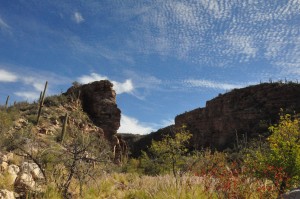
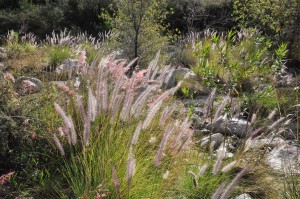
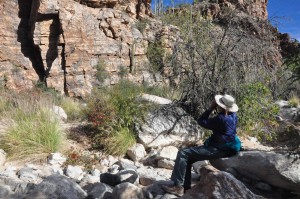
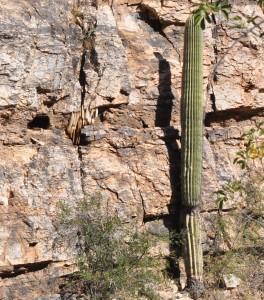
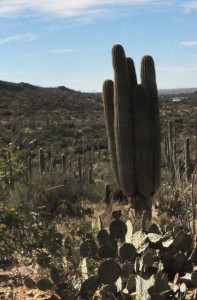
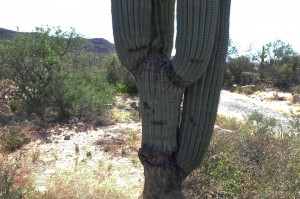
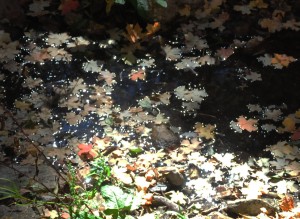
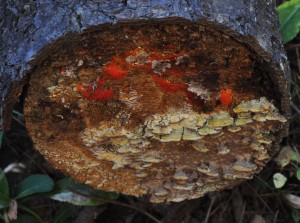
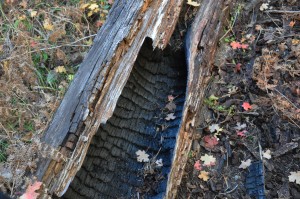
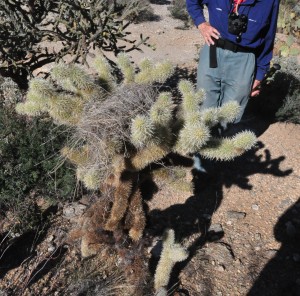
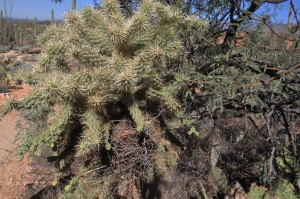
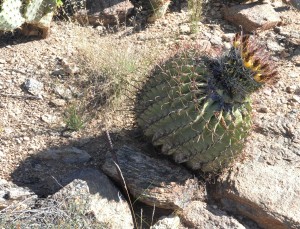
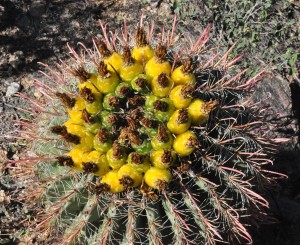
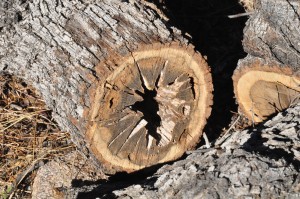
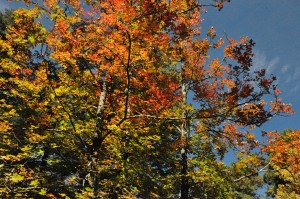
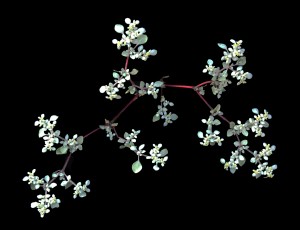
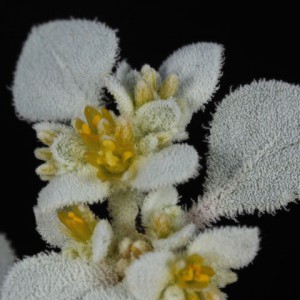
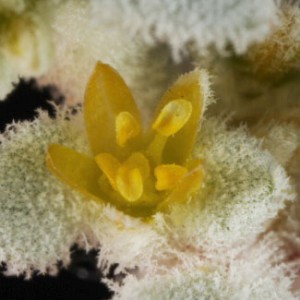
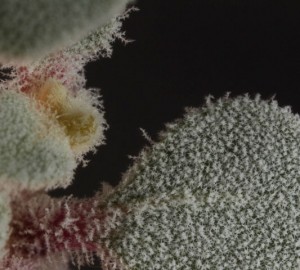
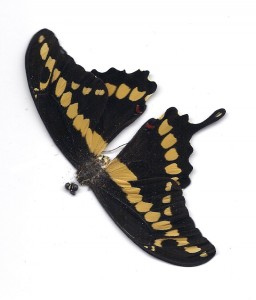
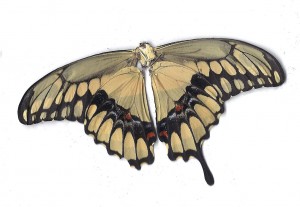
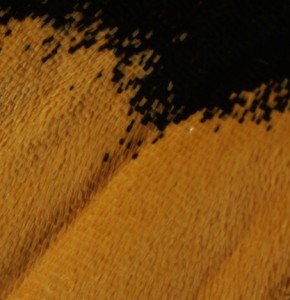
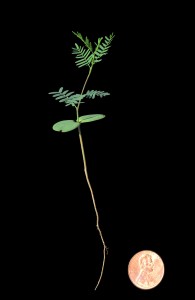

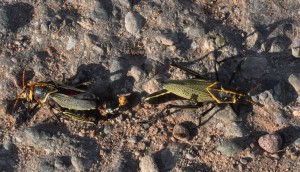
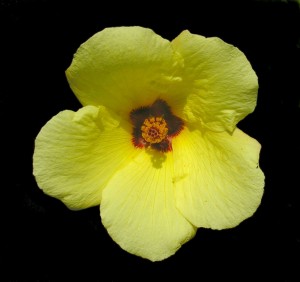
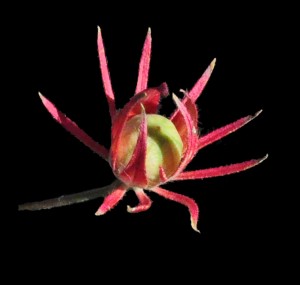
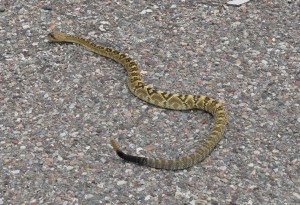

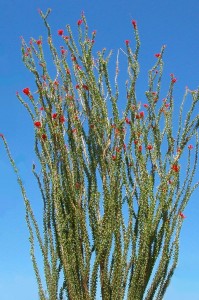
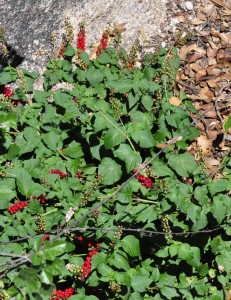
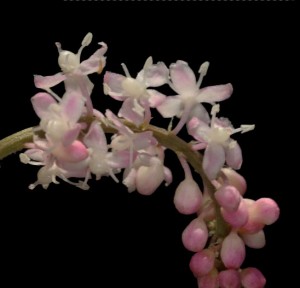
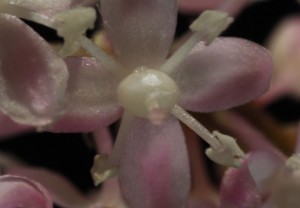
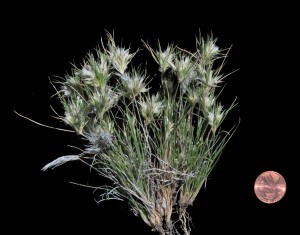
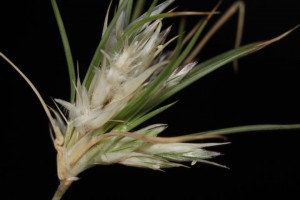
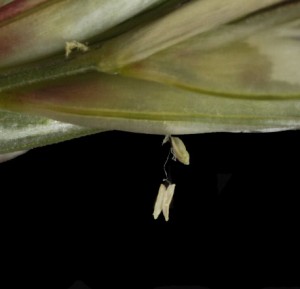
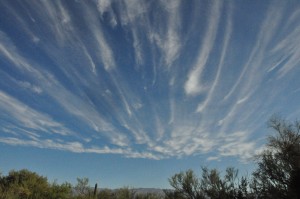
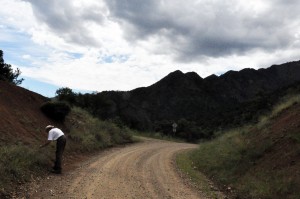
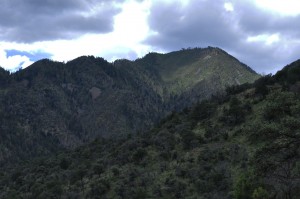 .
.